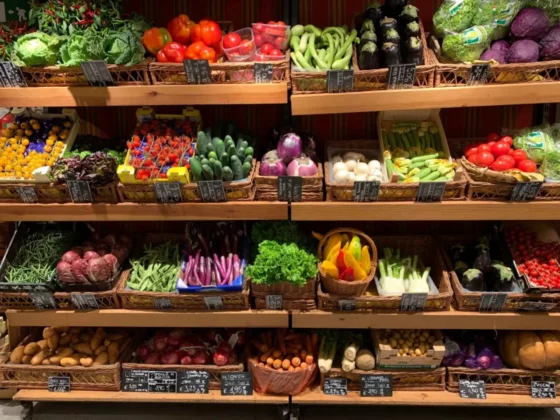
Using Nutritics to Support Your Use of Health Claims in Europe
Ever felt like health claims on food labels are a bit of a maze? You’re not alone. In Europe, there are specific rules about what you can and can’t say on your packaging and in your advertising, all thanks to regulations like (EC) No 1924/2006 and (EU) No 432/2012. The goal? To make sure everything … Continued







